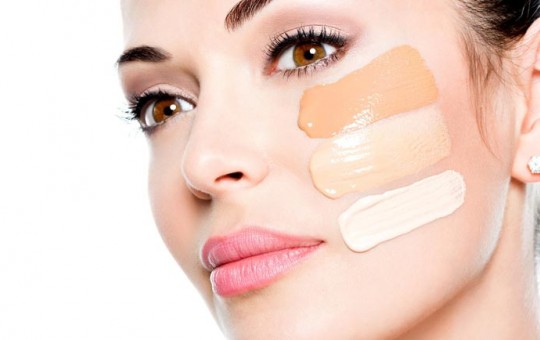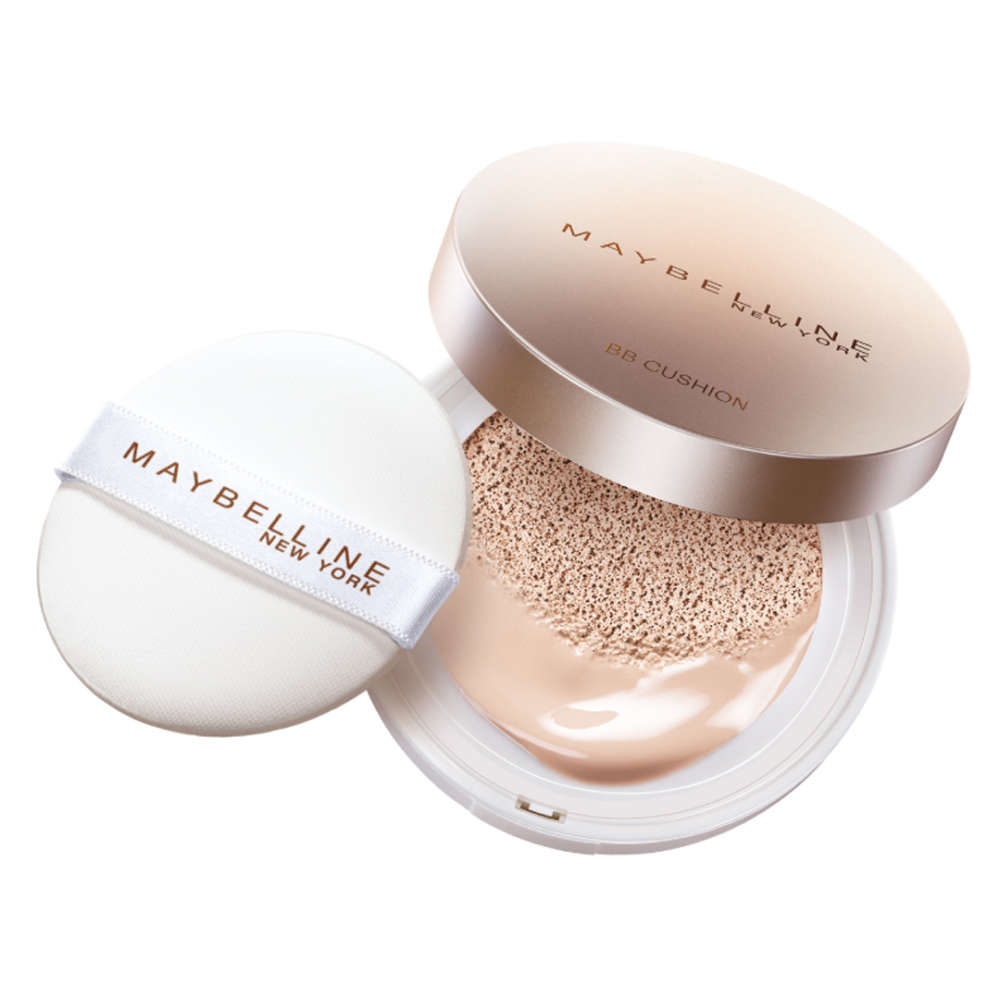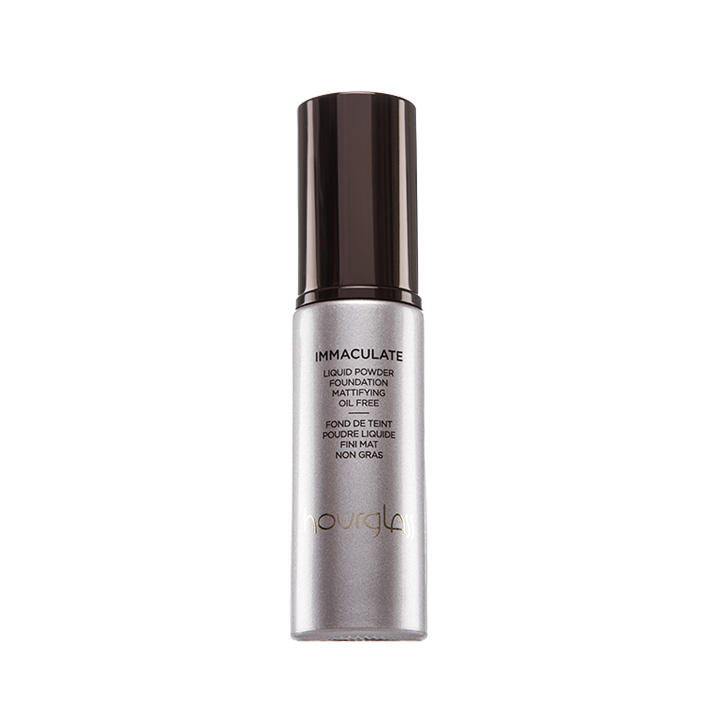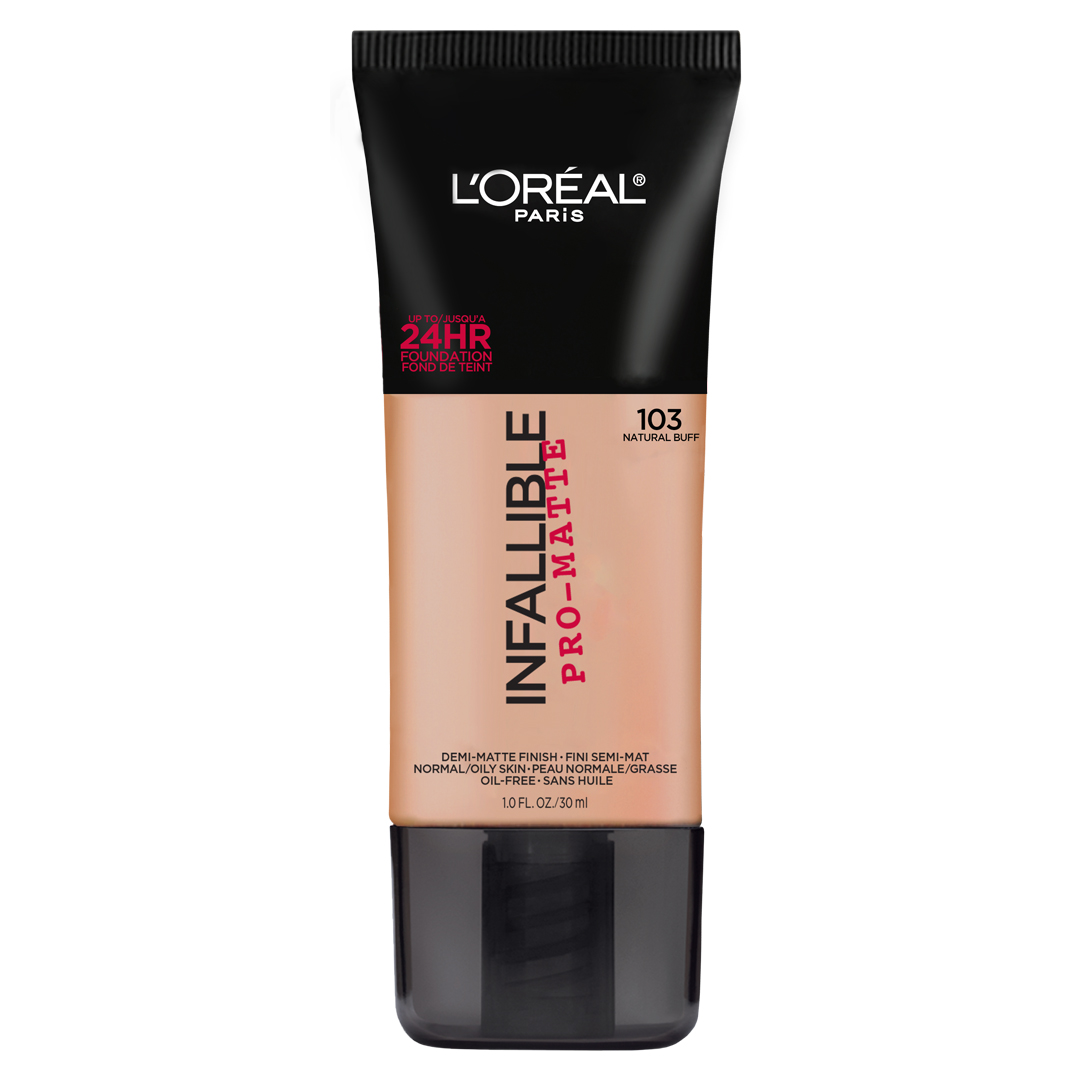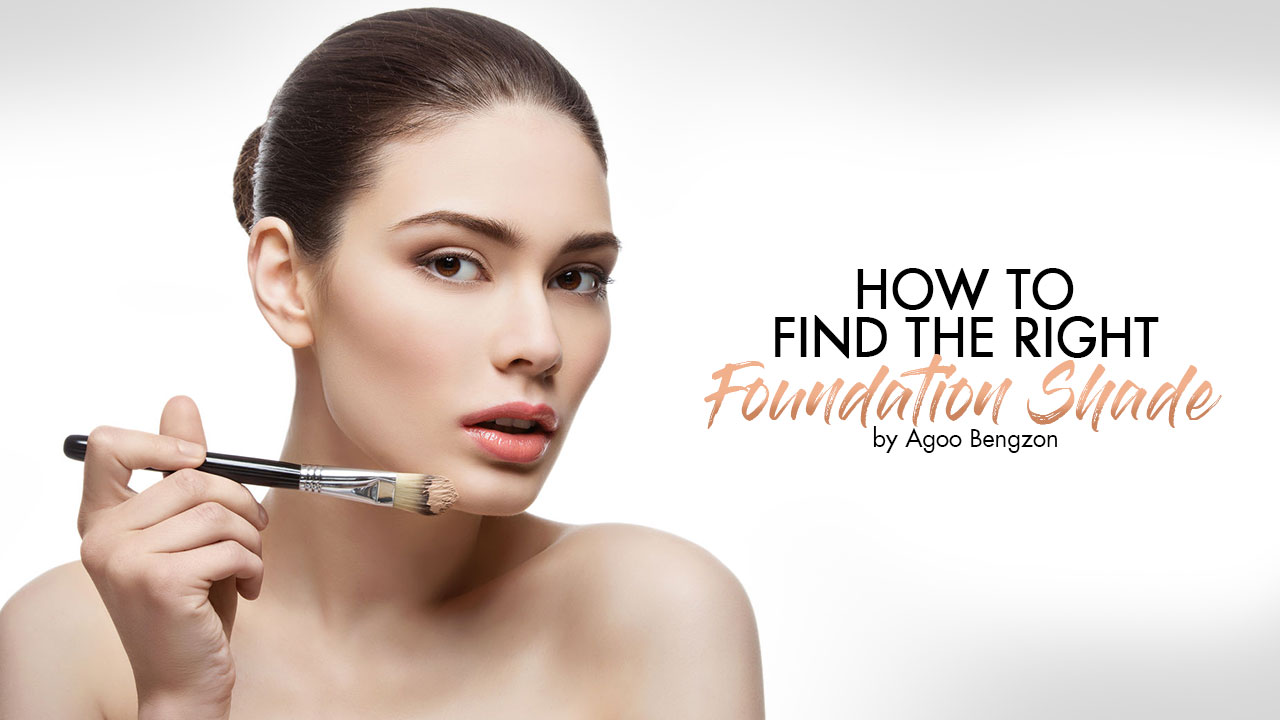
Choosing the right shade can prove to be challenging, but following these five tips will make the task far less daunting.
It happens all the time. You head to the beauty section, lured by the new ad that promises better and brighter skin with just a swipe of this new skincare-meets-makeup-foundation. You try it on the back of your hand, and it looks A-M-A-Z-I-N-G so you quickly ask the salesperson to ring up your purchase, and try it on as soon as you get home. The result? Utter disappointment. This happens to majority of women simply because they’ve made the following mistakes along the way:
When trying out a foundation, it’s always best to try it on the area where you’ll actually be putting it on: your face. The back of your hand is rarely ever the same shade as your face so forego the hand, and focus on your face—specifically the side right by your jawline.
More often than not, women will take a tiny amount, and apply it on their face, and it’ll blend in seamlessly—or so they think. Applying a small amount will get absorbed easily by the skin so you won’t be able to see its true hue. Be sure to apply a generous amount so that you can see how it really looks and blends into your skin.
The lights at the mall tend to diffuse what our naked eye can see. If you can, head closer to a window where you can observe under natural light if the hue is right for you. If it looks pinkish or yellowish, it’s a no-go. There shouldn’t be any unsightly undertone showing so choose a hue from the right skin tone family. A tried and tested way to check if you’re from the cool or warm family is to look at your bare skin and think about how rosy (pink-toned) or golden (yellow-toned) it is. Rosy skin falls under the cool family while golden skin means you have a warm undertone. If it’s a combination of the two or you can’t seem to identify which specific one you have, you have a neutral undertone.
Skin acidity is often characterized by a tendency for any makeup colors to turn purplish, gray or much darker a few hours after application. If you’re on the acidic side, do consider going for a slightly lighter shade or, better yet, ask for a sample, and observe how the product fares after a few hours before purchasing a full sized product.




